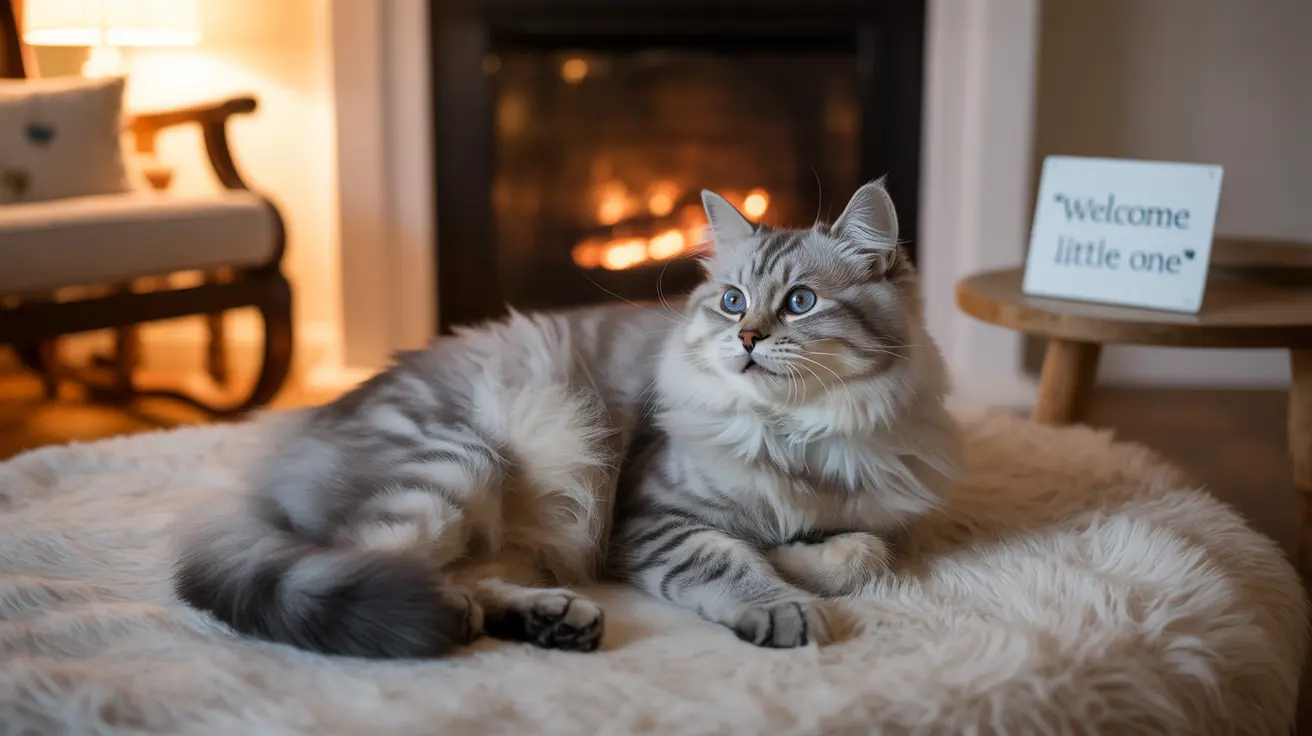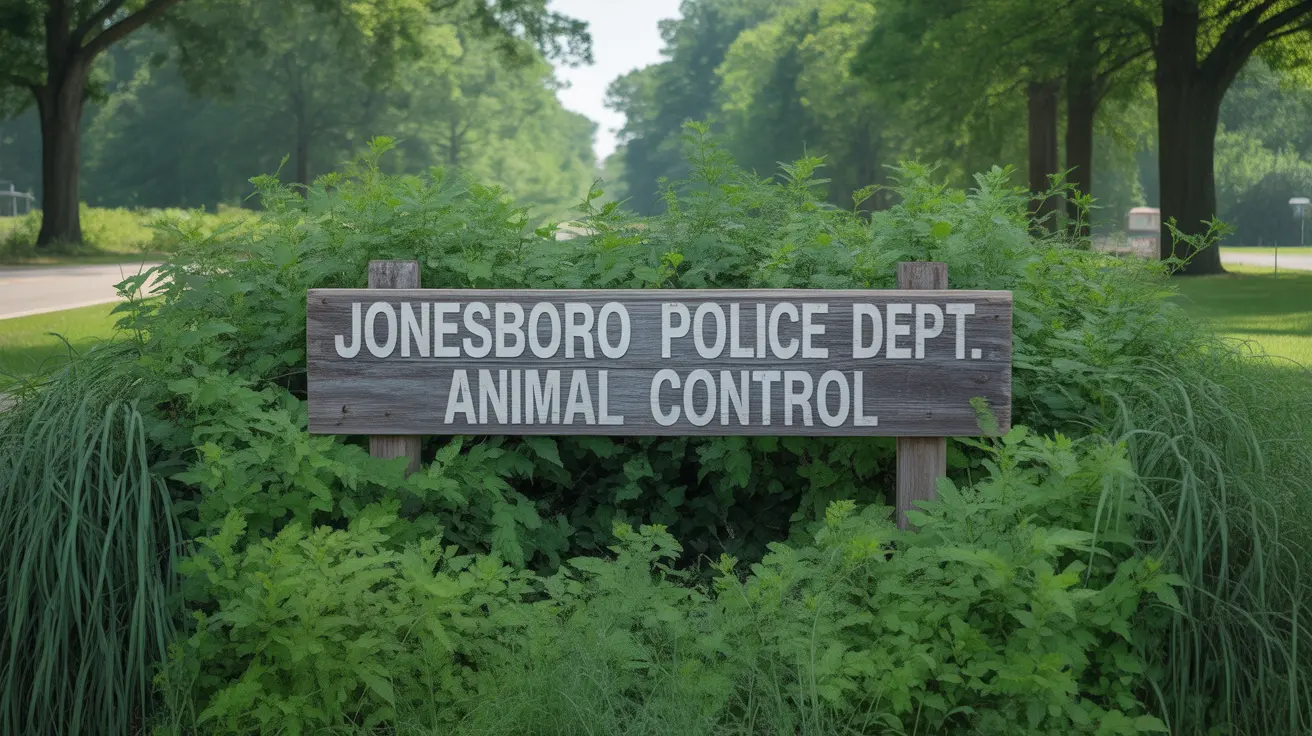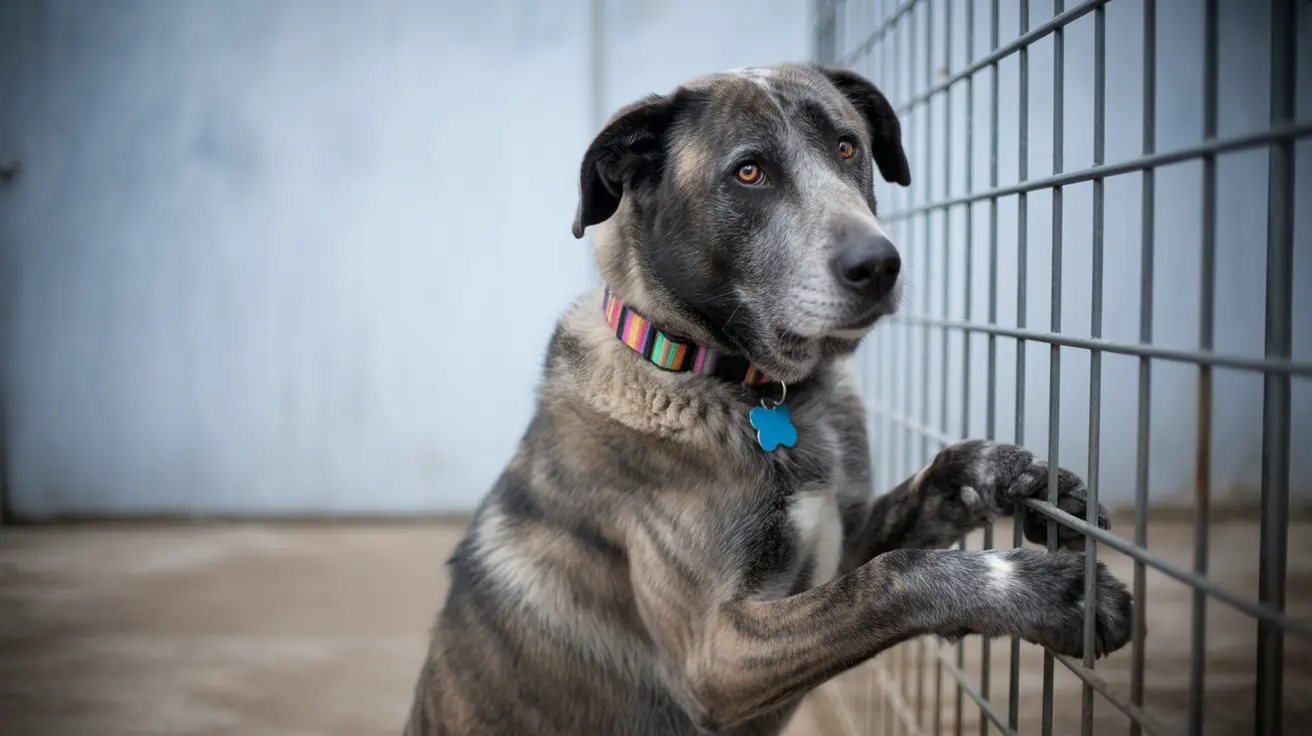When your cat is giving birth, knowing whether she still has kittens inside is crucial for her health and safety. This comprehensive guide will help you recognize the vital signs that indicate retained kittens and understand when to seek immediate veterinary care.
Understanding these signs isn't just about ensuring a successful delivery—it's about protecting both mother and kittens from potentially life-threatening complications. Let's explore the key indicators and necessary actions to take during your cat's labor process.
Physical Signs of Retained Kittens
Several physical indicators can suggest your cat still has kittens inside:
Continued Labor Signs
If your cat continues to show strong contractions or straining for more than 30-60 minutes without producing a kitten, this could indicate a retained kitten. Normal delivery typically sees kittens born every 30-60 minutes once active labor begins.
Abdominal Changes
A visibly distended abdomen or palpable firmness in the belly area might indicate remaining kittens. However, never attempt to examine your cat's abdomen yourself, as this could cause injury to both mother and unborn kittens.
Behavioral Indicators
Changes in Maternal Behavior
A mother cat who seems restless, continues nesting behavior, or shows little interest in her already-born kittens may still have more to deliver. Typically, queens will focus on cleaning and nursing their newborns once delivery is complete.
Distress Signals
Watch for signs of distress such as:
- Excessive vocalization
- Pacing or inability to settle
- Repeated trips to the birthing area
- Excessive grooming of the genital area
Warning Signs Requiring Immediate Attention
Abnormal Discharge
Pay close attention to any unusual discharge, particularly if it's:
- Foul-smelling
- Dark green or black in color
- Contains blood clots
- Appears thick or purulent
Physical Distress
Seek emergency veterinary care if you notice:
- Extreme lethargy
- Pale gums
- Collapse or weakness
- Fever
- Loss of appetite
Prevention and Monitoring
Keep a detailed log of your cat's labor progress, including:
- Time between contractions
- Time of each kitten's birth
- Color and consistency of any discharge
- Mother cat's behavior and energy levels
When to Contact Your Veterinarian
Don't hesitate to seek professional help if:
- More than 2-4 hours pass between kittens
- Strong contractions continue for over an hour without producing a kitten
- Your cat shows signs of extreme distress or exhaustion
- You notice any abnormal discharge or bleeding
Frequently Asked Questions
How can I tell if my cat still has kittens inside during labor?
Look for continued contractions, restlessness, and straining without producing kittens. If your cat shows these signs for more than an hour, contact your veterinarian immediately.
What signs indicate that a kitten might be stuck or retained inside a cat after labor starts?
Key signs include prolonged straining, visible distress, abnormal discharge, and a lack of progress in labor. Your cat may also show disinterest in already-born kittens and continue nesting behavior.
When should I take my cat to the vet if she is straining but not delivering kittens?
Seek immediate veterinary care if your cat strains for more than an hour without producing a kitten, or if more than 2-4 hours pass between kitten deliveries.
What are the risks of retained kittens or placenta in a mother cat?
Retained kittens or placenta can lead to serious complications including infection, toxemia, uterine rupture, and potentially death if left untreated. Prompt veterinary intervention is essential.
How does a cat's behavior change if she still has unborn kittens inside after some have been born?
A cat with retained kittens may show continued nesting behavior, restlessness, and straining. She might pay less attention to her already-born kittens and appear distressed or uncomfortable.
Remember, when in doubt about your cat's labor progress, it's always better to err on the side of caution and contact your veterinarian. Quick action can prevent serious complications and ensure the best possible outcome for both mother and kittens.






